With: Salewa
Simon Messner
By: Gian Luca Gasca
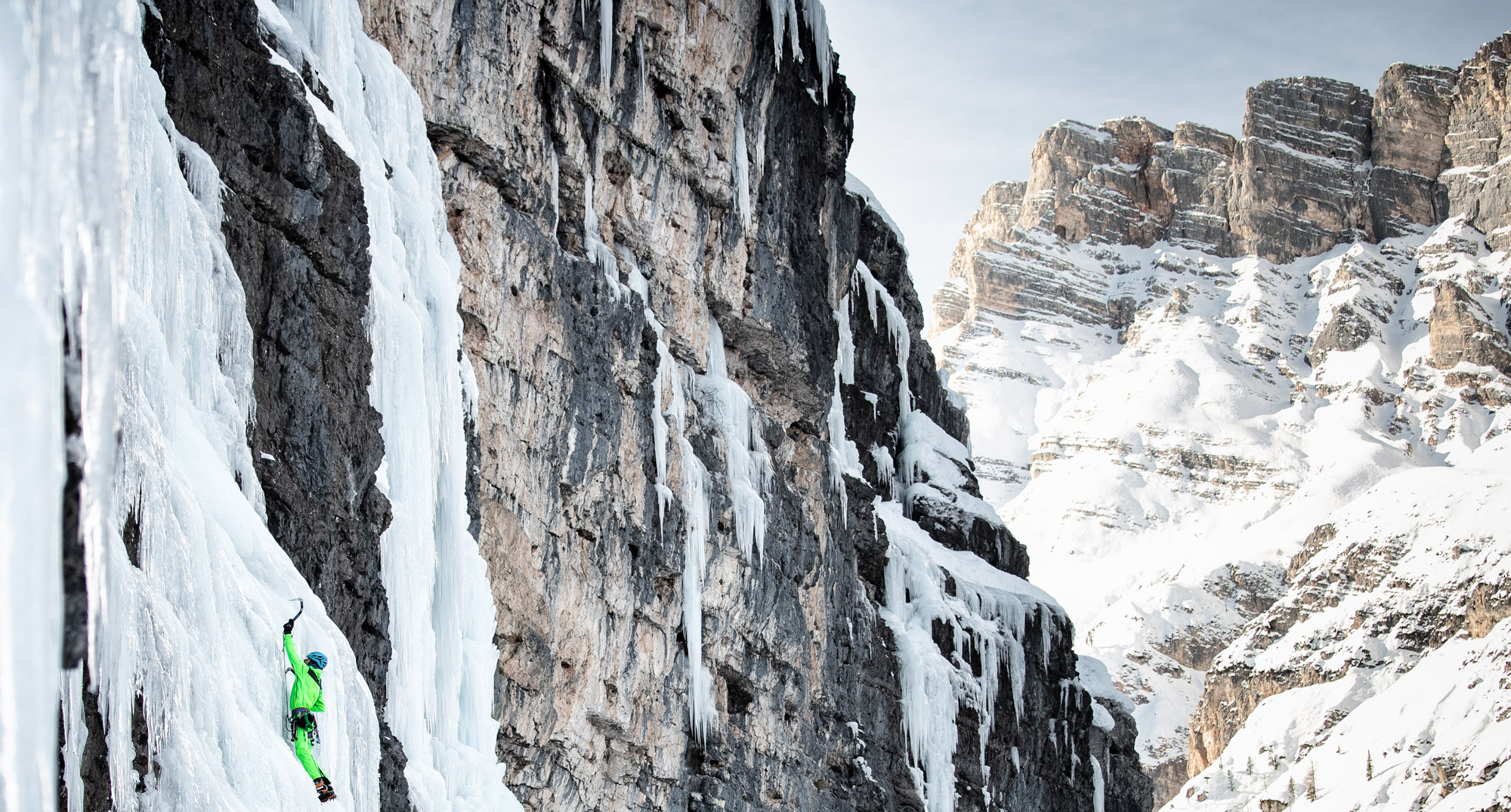
Traditional alpinism, Simon Messner’s docufilm
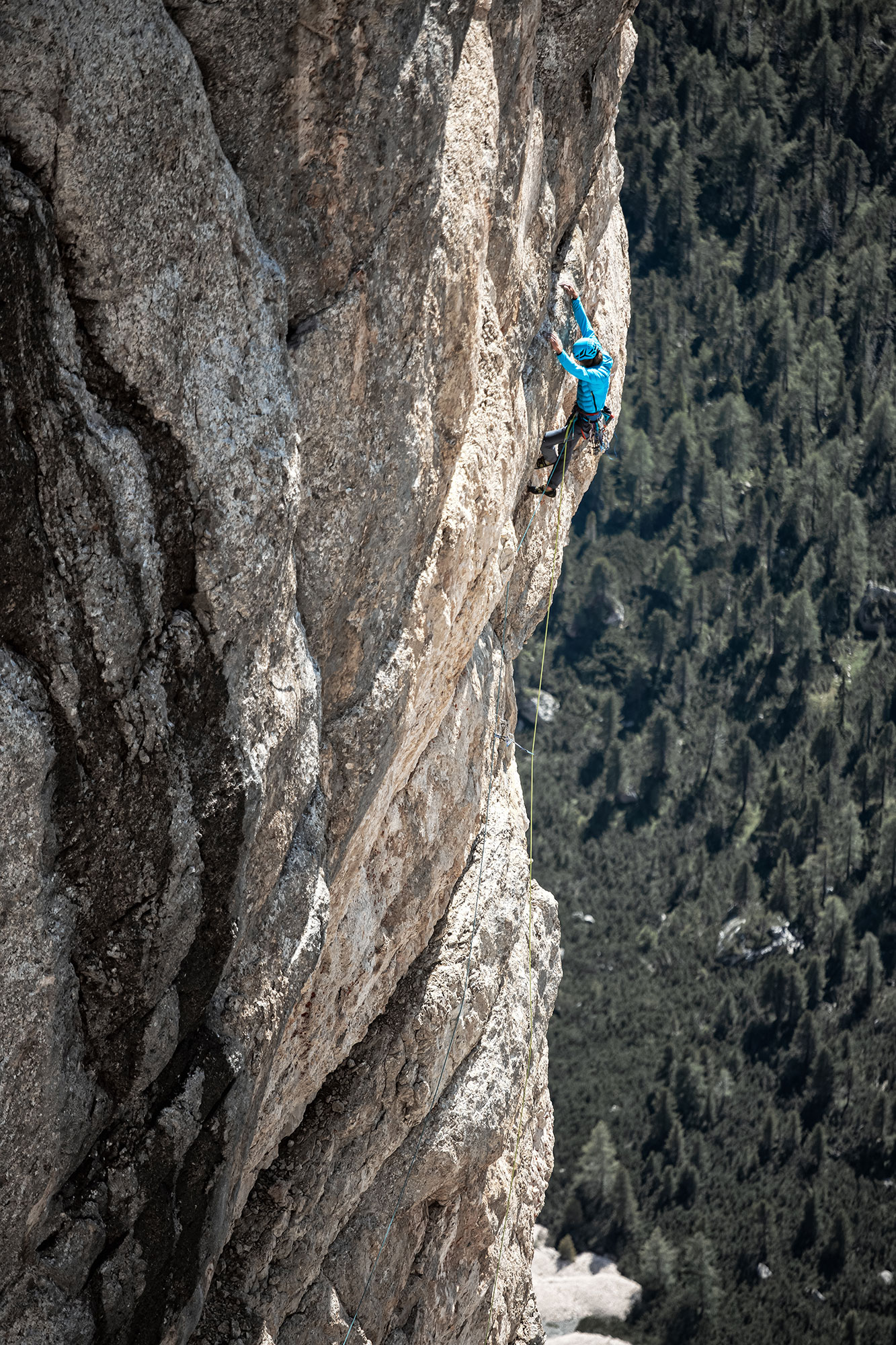
“Traditional alpinism” is Simon Messner’s movie that tells a mountaineering vision, a way of going to the mountains. Nothing new, it is the story of that way of climbing to the top that characterized the discovery of the mountain. “Traditional alpinism is my way of experiencing mountaineering” he tells us at the premiere held at the Salewa Cube in Bolzano on a sparkling night in late October.
While the sky lights up with stars, on screen there’s a journey back in time that accompanies the spectators on Black Tooth and Toshe III, in Karakorum, the two six thousand meters high unclimbed mountains that Messner climbed in the summer of 2019. Alpine style, few equipment in the backpack and a route to be traced on an unknown terrain, never walked by anyone before. This is what traditional alpinism is for the thirty-year-old climber of the Salewa team. “Alpinism has a sporting component, you have to be trained to manage the climbs, but it also brings with it a great cultural background linked to the history of the mountains and the people who live on their slopes. When you go on an expedition you experience all of this in a mix that has the flavor of exploration” especially when you choose to climb untouched peaks, to do something new.
A family matter
Traditional alpinism for Simon is a family matter. His father, Reinhold, was one of the greatest promoters of this form of alpinism during his whole career which saw him as a great protagonist in the Himalayas and in Karakorum. Reinhold’s first experience at an altitude of eight thousand meters, in 1970 on Nanga Parbat, is the tragic representation of what unknown, exploration, survival mean. Terms that in some way give practical and immediate meaning to the concept of traditional, classic alpinism. And it is around this that the story of an ascent that unites two generations, father and son, unfolds. Different mountains, different goals, but the same passion and the same ambition that drives us to look for a pure line, up there where no one has ever gone.
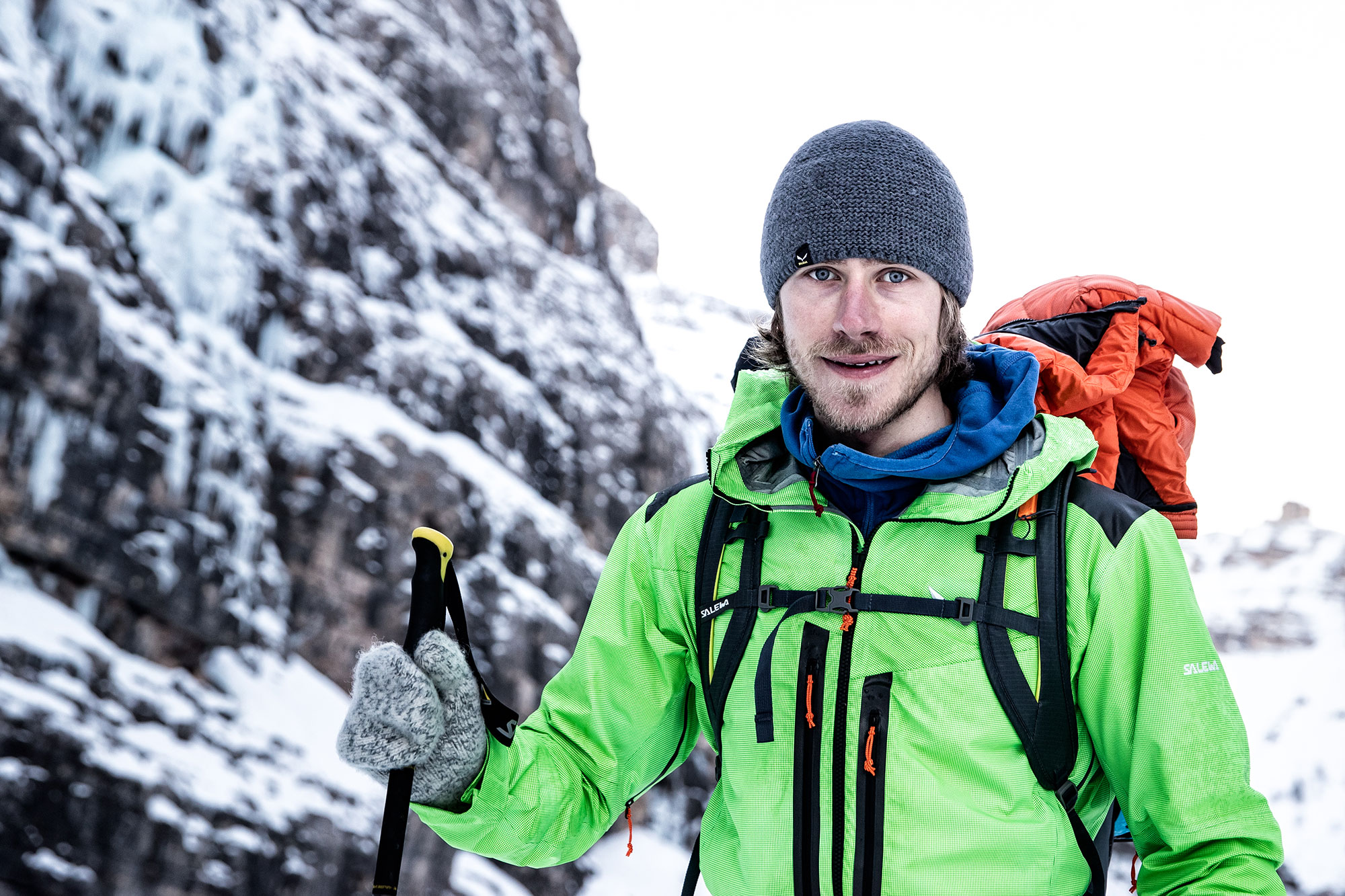
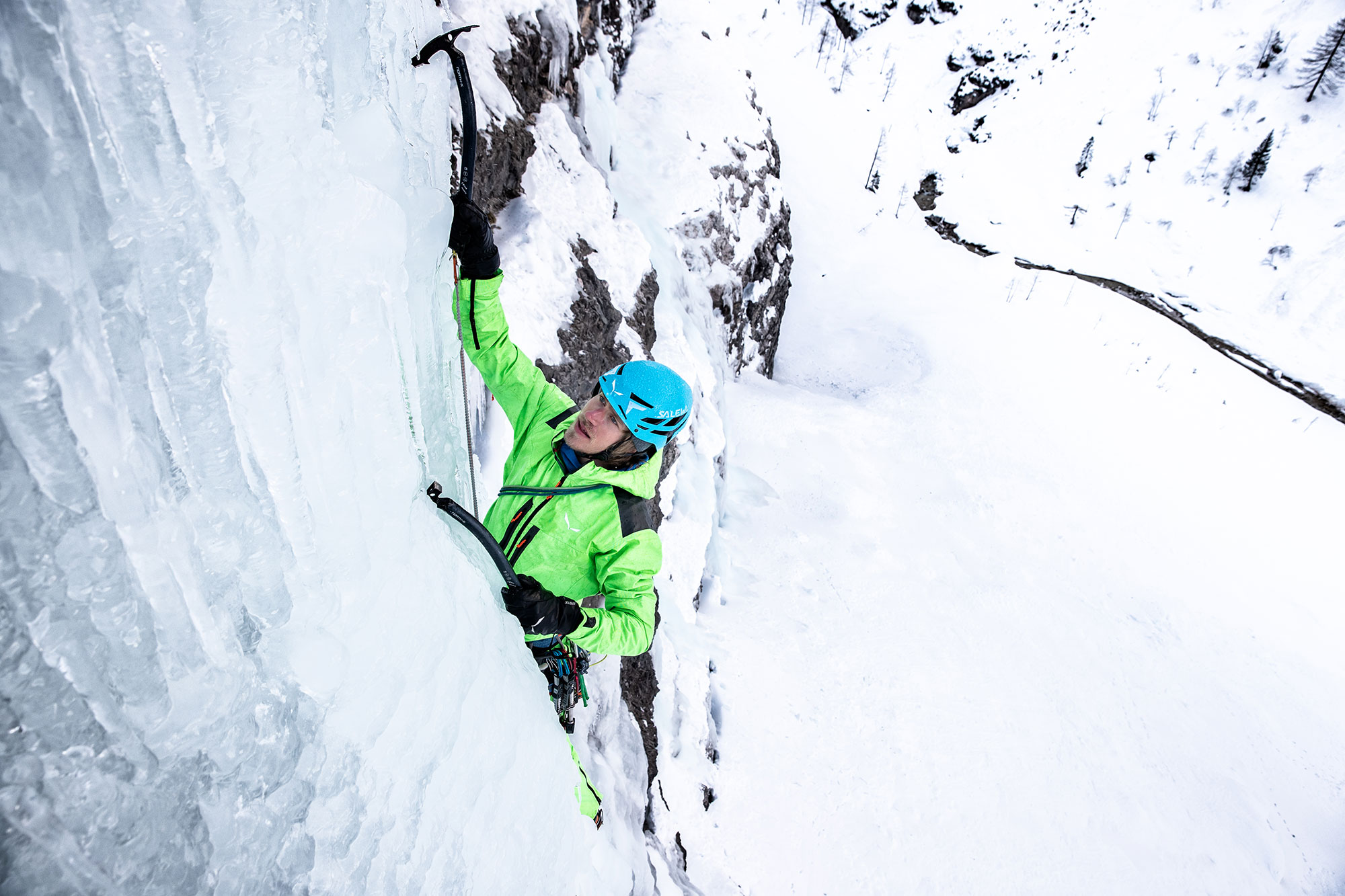
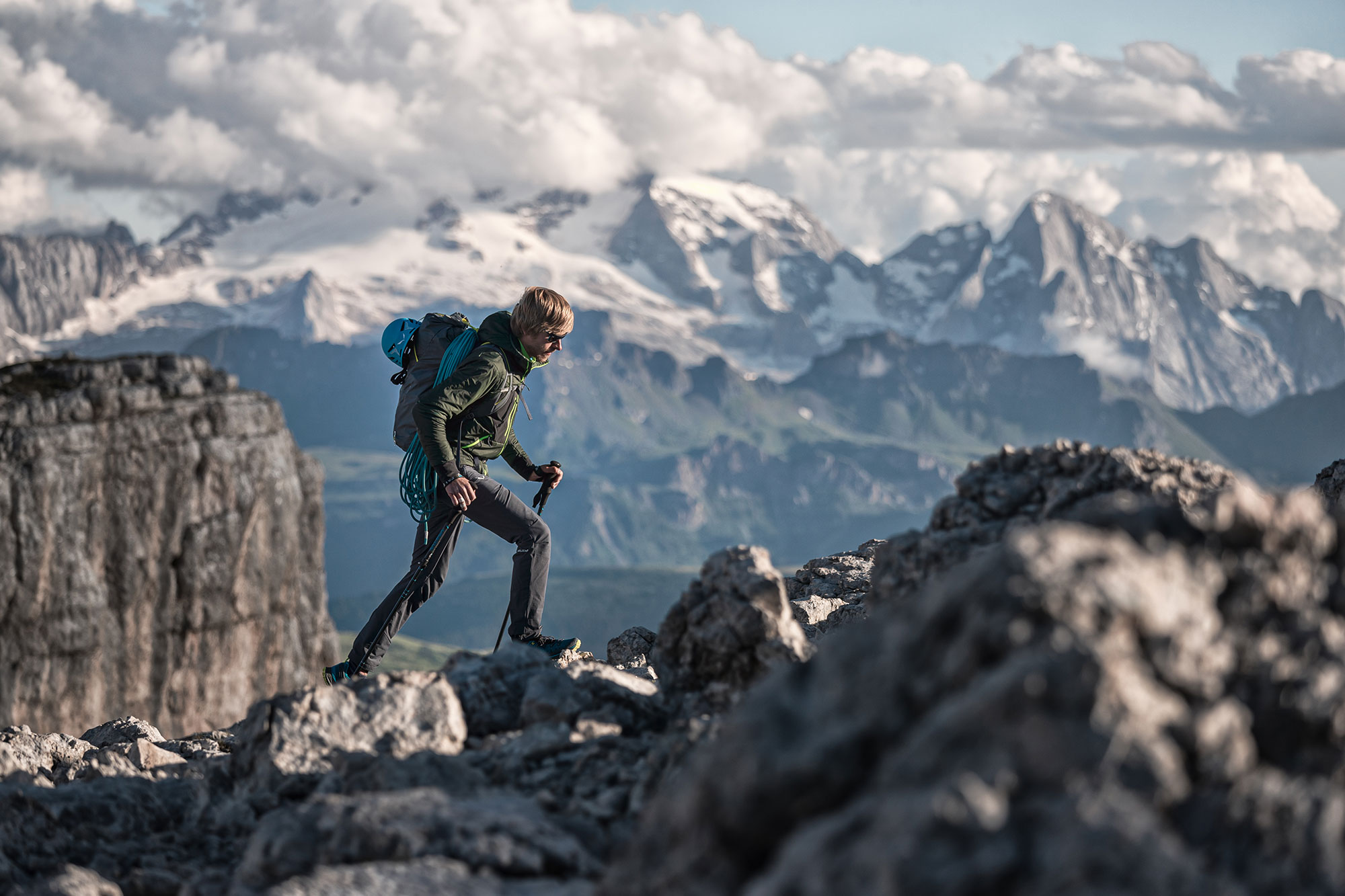
Times change, conditions change
Exploring today tastes different. We have modern, super light and super resistant tools and equipment, which allow, together with the ability of mountaineers, new and surprising exploits.
Climate is what complicates everything, that a same climate that is altering due to climate change. “Maybe we should go to Karakorum in September instead of June or July” says Simon remembering his last exploratory expedition: an attempt to Praqpa Ri, a 7000 meters high unclimbed mountain in the K2 area, that ended up with nothing.“Martin Sieberer and I tried, we did everything we could, but we found some very bad conditions” he explains. “It snowed almost every day and temperatures were always very high. A humid climate, similar to the Nepalese one”. Conditions that have little to do with what summer should look like in the Pakistani Karakorum. Conditions that blocked any attempt to climb to the top for the two climbers. “In the end we didn’t manage to go beyond 6000 meters of altitude, difficult to speak of a real attempt. The wet snow made every step difficult, so we preferred to go back”.
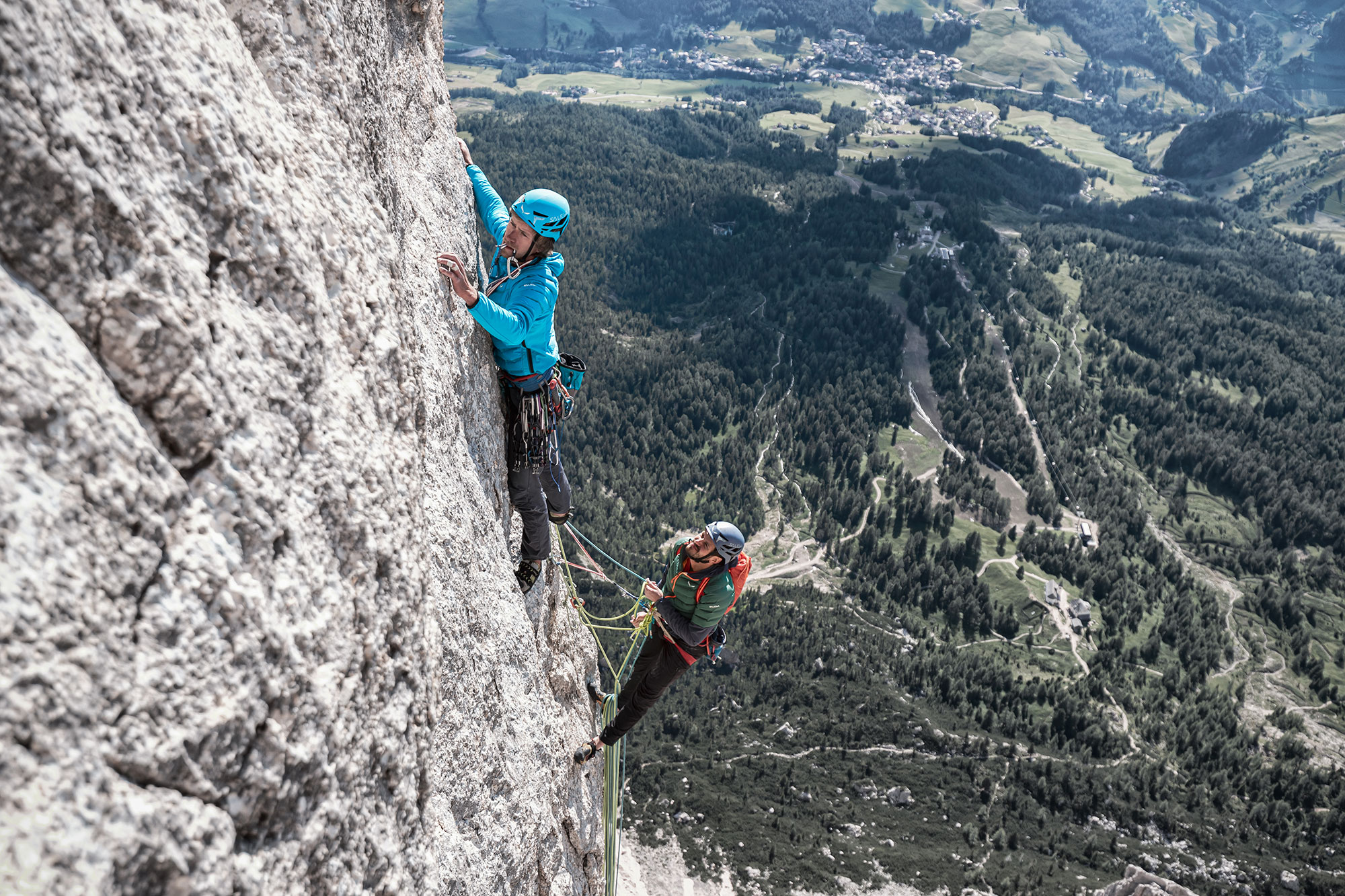
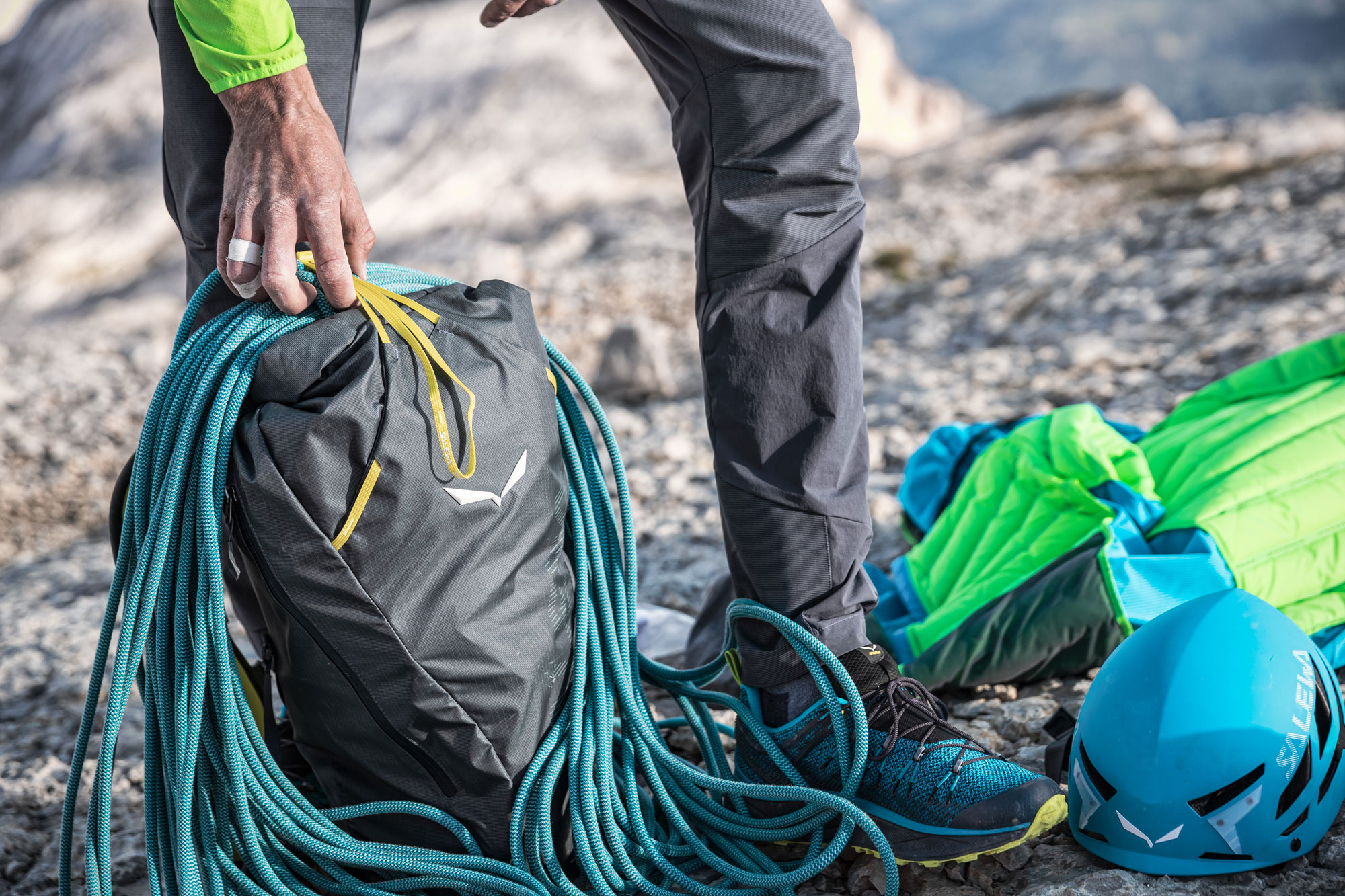
Conditions are changing and it is a fact now established by every mountaineer. “I had the opportunity to chat with Ralf Dujmovits and with other German alpinists, everyone agrees that the period of time to succeed in these climbs has changed. It is no coincidence that all the expeditions in Karakorum had problems with the conditions, it happens over there as well as here”. Yes, because climate change is a global problem, which affects oceans, seas, plains and mountains. “Many walls in the Solda area have not been repeated for years because there is no ice and the rock is too soft. In Marmolada I saw with my own eyes an increase in stone discharges. Something has always come down, but not like today”. For this reason, mountaineers are modifying their period of action, focusing heavily on the winter season. “With cold and ice, the routes once climbed in the summer today are no longer safe to be climbed”. Ice and low temperatures compact rock, offering a solid and reliable surface where we would find only very dangerous debris in a hot climate. “We must learn to combine our experience with the new conditions due to the changes taking place. It is a very delicate and current issue, on which each of us should reflect because we are all part of it” says Simon.
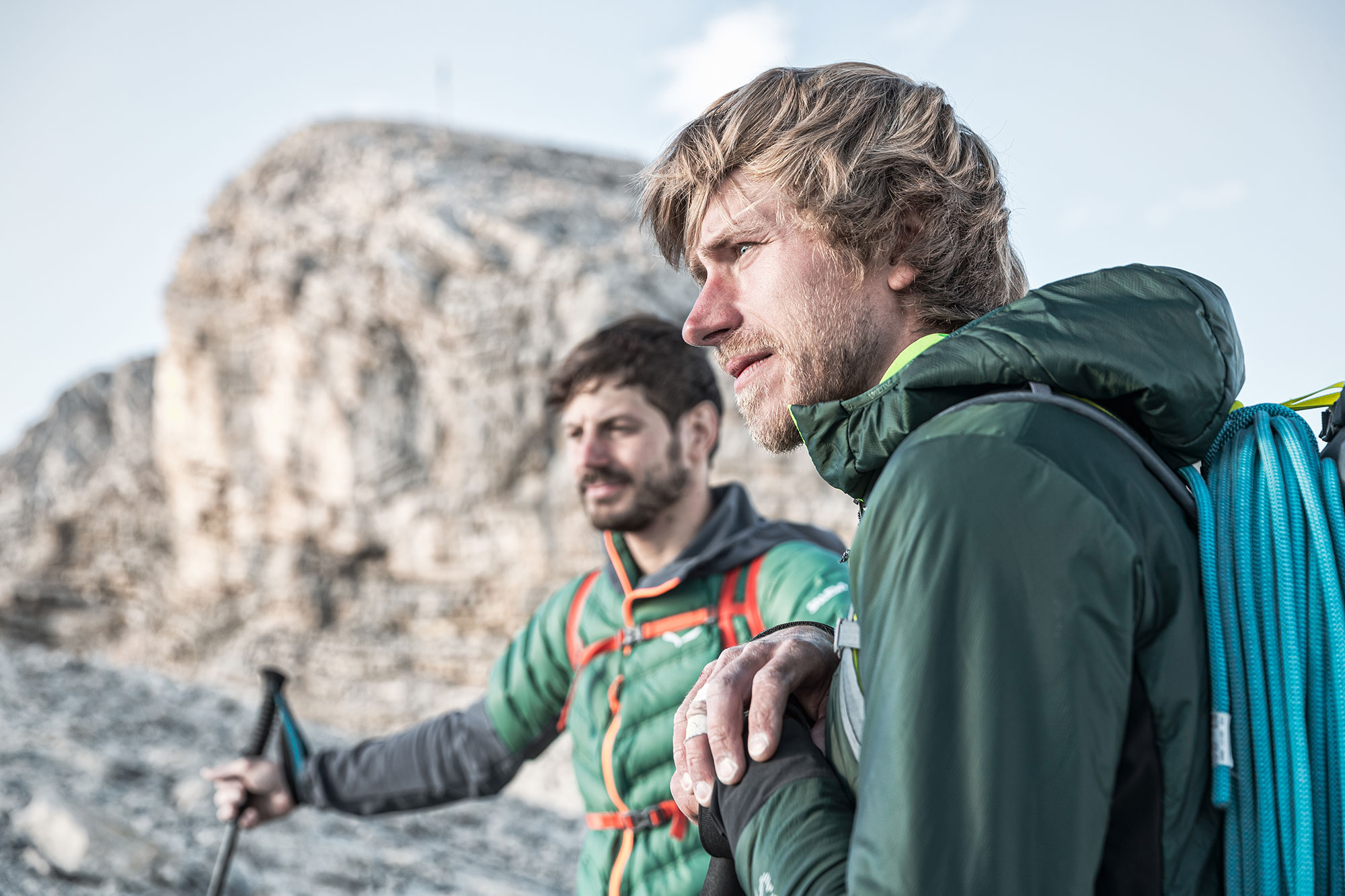
“The question to ask is: how to solve it? We need rules. I am against the rules, but in this case they become fundamental”.
Find this and many other stories in The Pill Outdoor Journal 49